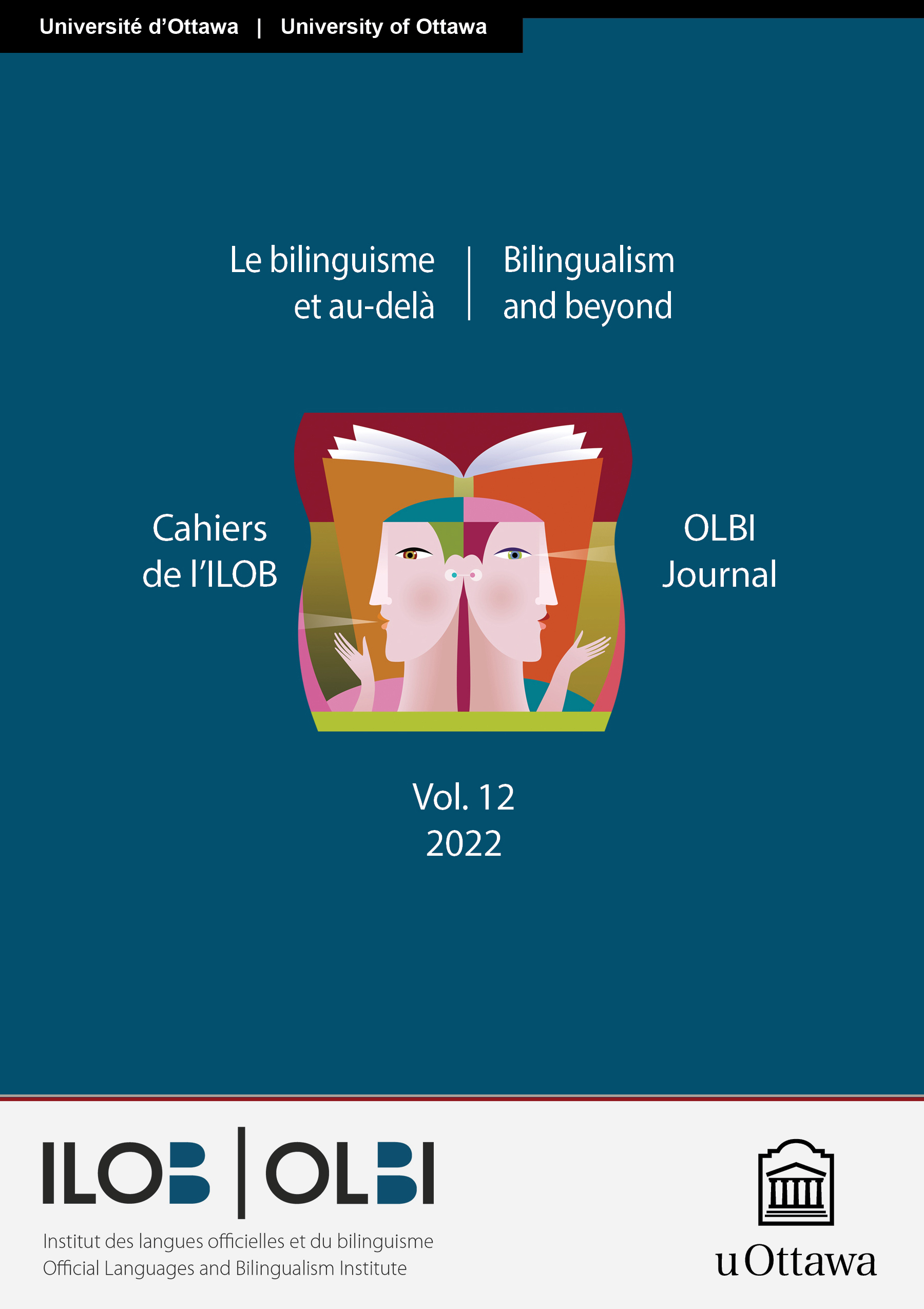Translanguaging in content and language integrated learning (CLIL): Practices in the classroom of a Chinese university
DOI:
https://doi.org/10.18192/olbij.v12i1.5992Keywords:
translanguaging, content and language integrated learning, content-based education, bilingual classroomAbstract
This article examines translanguaging practices in a content and language integrated learning (CLIL) classroom at the tertiary level in the context of mainland China. This exploratory study investigated an Englishmedium science course, which adopted the CLIL approach, in a Chinese university. Classroom audio-recording data (130 minutes in total) was collected to investigate the situations and the purposes of the teacher’s use of translanguaging. The results of the analysis show that the teacher uses translanguaging to provide background knowledge, deepen students’ understandings, improve teaching efficiency, engage students, and ensure classroom interactions. Implications for translanguaging in CLIL at the tertiary level are also discussed in this study.
Downloads
Published
Issue
Section
License
Copyright (c) 2022 Yiran Ding

This work is licensed under a Creative Commons Attribution 4.0 International License.
Authors who publish with OLBI Journal agree to the following terms:
- Authors retain copyright and grant the OLBI Journal (OLBIJ) right of first publication with the work simultaneously licensed under a Creative Commons Attribution License that allows others to share the work with an acknowledgement of the work's authorship and initial publication in the OLBIJ.
- Authors are able to enter into separate, additional contractual arrangements for the non-exclusive distribution of the OLBIJ's published version of the work (e.g., post it to an institutional repository or publish it in a book), with an acknowledgement of its initial publication in the OLBIJ.
- Authors will not simultaneously submit the same piece of work for possible publication to more than one academic journal at a time.


